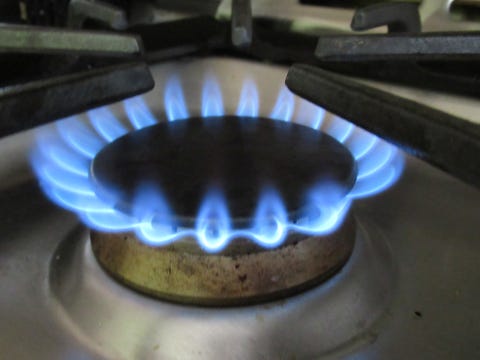Media crickets on critical story: South Dakota farmer stalls massive green energy land grab… for now
The globalists are advancing their climate change agenda to seize
property rights from US citizens by building a liquefied carbon dioxide
pipeline to store carbon dioxide underground. Yeah you heard that right.
and while their boondoggle scheme wreaks the environment, YOU will pay
for it. Watch the attached film to see some of the tactics the pipeline
people are pulling.
As Americans tear each other apart over transgender rights and live-action mermaids, a green energy company has quietly filed lawsuits against 80 South Dakota landowners in an attempt to claim eminent domain to seize property for a “carbon capture pipeline that will transport CO2 emissions from Iowa to North Dakota to be stored underground.”
Isn’t it interesting that the attacks are always on the countries energy system and nothing else? Lets take a look at dry ice manufactures shall we? The Thomas Register contains a list of top US manufacturers: https://www.thomasnet.com/articles/top-suppliers/dry-ice-suppliers-manufacturers/ The top five companies have combined sales in the billions and at least a #1.00 a pound that’s a lot of CO2. Then there is the soft drink industry, the largest user of CO2: https://www.globenewswire.com/news-release/2021/01/07/2155056/0/en/The-Beverage-Industry-Is-The-Largest-User-Of-The-Carbon-Dioxide-Market.html not to mention CO2 use in home fire extinguishers and in food and medicine applications. You don’t believe the media would mention anything about these uses do you? No because everyone knows that fossil fired power units generate the most CO2? Oh really? Look at the attached image, it is actually breathing; utility plans are the lowest emitters of the group.
 !
!
Source: https://newpatriotsblog.com/the-true-purpose-behind-global-warming
One of the biggest invasions of property rights in American history is currently happening in South Dakota to expand green energy,” Price tweeted on Tuesday.Summit Carbon Solutions “deploys capital across the agricultural supply chain with a particular focus at the intersection of agriculture and renewable energy,” according to its website. In late March, Summit boasted that it had “secured voluntary easement agreements with more than 375 North Dakota landowners accounting for 70% of the proposed pipeline route in the state.”
The corruption continues as Kristi Norm does nothing for the farmers because she is a recipient of the pipeline money. since Marxism touts that ‘man is controlled by money NOT the laws of God.”
The Republican leadership in South Dakota has also abandoned them. In the last legislative session, bills to protect landowners from eminent domain from Summit failed,” he stated. “Gov. Kristi Norm has done nothing. Why? Because Summit has connections to massive GOP donors.” They are also bankrolled by large investments, some of which are foreign, as well as benefit from massive federal tax credits for carbon capture expanded by Joe Biden’s ‘Inflation Reduction Act,’” he added. The one group that is speaking out about the “unconstitutional” Summit methods is the South Dakota Freedom Caucus (SDFC).
As genesis states: ” While the earth remaineth, seedtime and harvest, and cold and heat, and summer and winter, and day and night shall not cease.” – Gen 8:22


